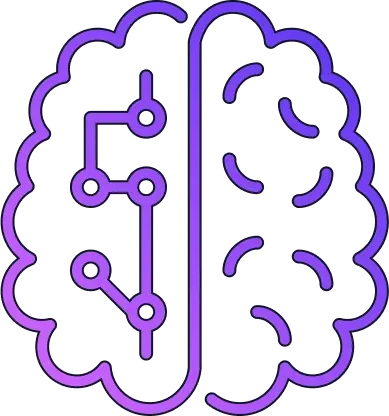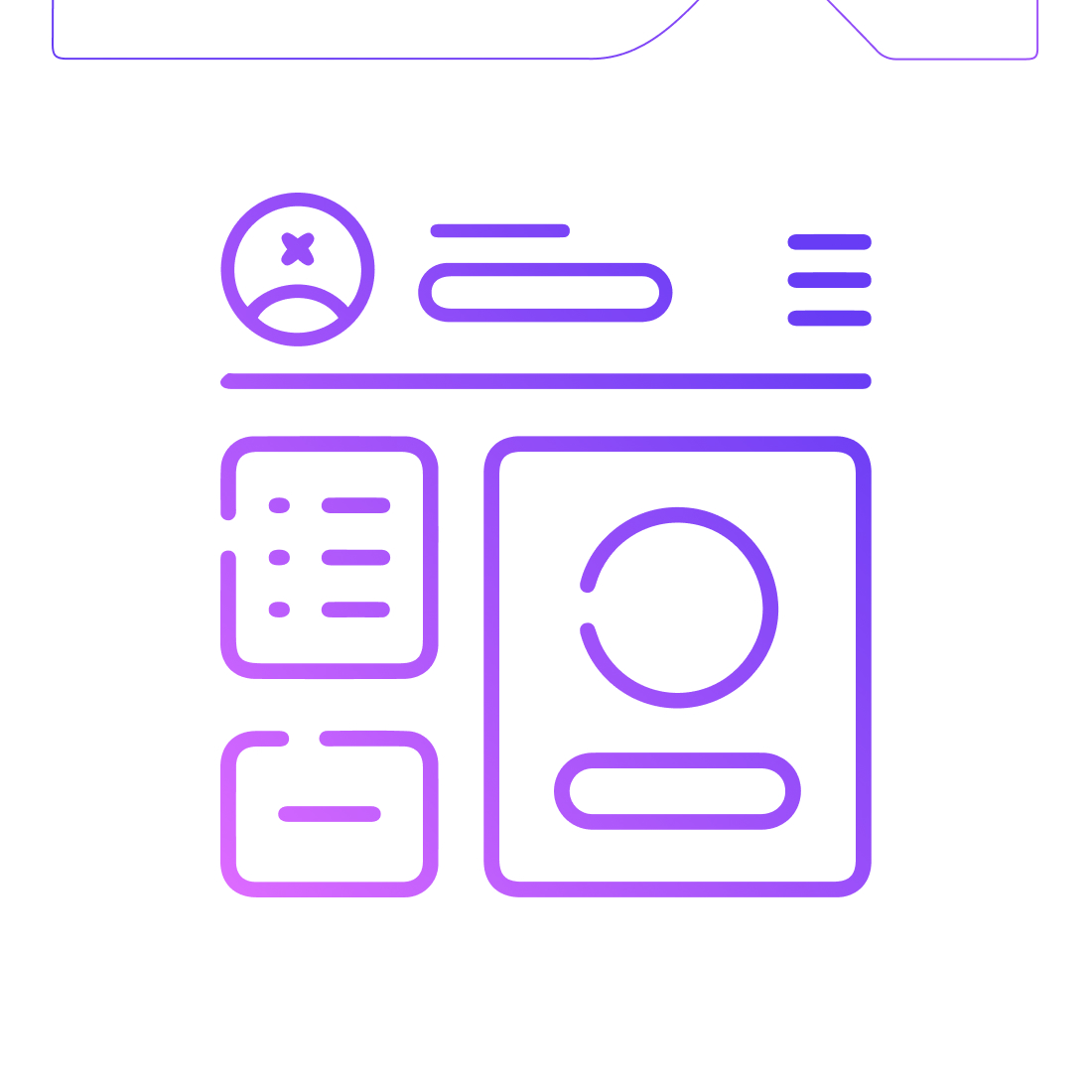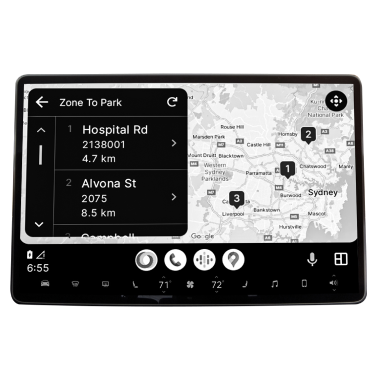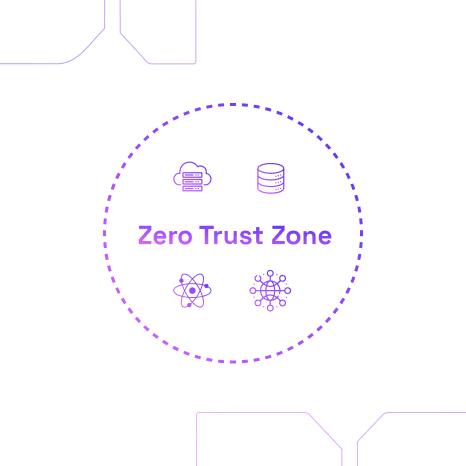

The Rise of AI in UX: How Designers Can Stay Relevant

The design world is evolving at an unprecedented pace—and right at the heart of this transformation is Artificial Intelligence. Over the past decade, I've seen countless trends cycle through the UI/UX industry—from skeuomorphism to flat design, responsive to adaptive interfaces. But the integration of AI into design workflows? It's more than a passing phase. It's a paradigm shift that redefines our tools, teams, and thought processes.
Having spent 15+ years designing across B2C, enterprise SaaS, e-commerce, and health tech, I've learned one thing: adaptability is a designer's best asset. This blog isn't just about how AI is reshaping UX—it's a call to action for every designer to level up, strategically.
1. AI in UX: A Growing Partnership, Not a Replacement
Let's start with the fear many designers have: Will AI replace me?
The short answer: No.
The practical answer: AI will replace mechanical tasks—not mindful design.
AI can generate wireframes, create high-fidelity screens, and even test multiple flows in seconds. Tools like Uizard, Figma AI, and Galileo AI are now capable of turning textual prompts into workable UI screens. But these tools cannot empathize. They cannot define a product's vision or understand the cultural nuances of your target audience. They don't understand humor, trust, or urgency the way humans do.
In that sense, AI is less of a replacement and more of a force multiplier. It's your productivity booster, research buddy, and assistant—all in one. But it's not your creative partner. That's where you, the human, the designer, still matter most.
2. Where AI Is Making an Impact in UX
AI isn't just theory—it’s already transforming how we work. Here are some real-world touchpoints:
● User Behavior Prediction: AI-enhanced platforms like Smartlook and Mixpanel now offer real-time predictive analytics. They go beyond session recordings to identify behavioral anomalies and even churn risk segments before the metrics drop.
● Conversational UX: Voice-first interfaces, smart chatbots (like those powered by GPT and Dialogflow), and contextual suggestions are reshaping how users interact. Designing for non-linear conversations has become a new frontier.
● Hyper-Personalized Interfaces: Whether it’s Spotify curating your weekly playlists or Amazon adjusting UI placement based on user types, AI-driven personalization makes the experience feel tailor-made. Designers now have to think in variations, not just screens.
● Visual Accessibility Scans: Platforms like Stark, Equal Access, and Fable help run real-time accessibility audits integrated within your workflow, empowering inclusive design from day one.
● Design QA: AI tools now flag inconsistencies in typography, spacing, and alignment, saving hours of pixel-pushing at the final mile of delivery.
3. Skills Designers Must Master to Stay Ahead
So, what do modern designers need to master to thrive in this AI-augmented era?
🧠 System Thinking
Don't design for a screen—design for a lifecycle. Map ecosystems. Understand where your touchpoint lies in the overall journey and where friction hides. A good designer creates screens. A great designer eliminates steps.
📊 Data Literacy
Get comfortable with metrics. Learn to interpret conversion rates, drop-off charts, and behavioral funnels. Tools like Amplitude and Heap can help, but it's your UX eye that adds meaning to raw data.
⚙️ Tool Intelligence
You can't afford to be static in your toolkit. From Midjourney for concept art to Framer's AI components—know what's out there. Being tool-savvy isn't about being trendy—it's about efficiency, experimentation, and expanding what's possible.
🧬 Emotional Intelligence
Empathy is still your secret weapon. As AI gets “smarter,” your ability to humanize experiences becomes more critical. Focus on emotional UX—micro-interactions, tone of voice, delight moments, and inclusive narratives.
🤝 Cross-Functional Fluency
Design no longer operates in silos. You must speak dev, understand marketing goals, and map user needs to revenue metrics. Designers who can “translate” between functions become irreplaceable.
4. Collaborate with AI, Don’t Compete with It
Resisting AI is like refusing to use the internet in 2001—it’s a losing battle. Instead, embrace AI as a creative sidekick.
Here’s how I’ve woven AI into my workflow:
● Wireframe Exploration: I use generative tools to instantly view 10+ layout ideas. This doesn’t replace ideation—it enhances it.
● Rapid Feedback: GPT-based user simulators help me test multiple flows before a single stakeholder sees the design.
● Automated Research Synthesis: Tools like Dovetail AI now help auto-tag user feedback, identify patterns, and summarize insights—giving me more time to focus on what matters: interpretation.
What matters is not the tool—but the question you ask it. And that’s where your creative mind holds the reins.
5. The Future of UX Is Strategic and Human-Centric
The UX designer of the future is part psychologist, part business strategist, and part creative technologist.
Designers who succeed won’t just make apps look good—they’ll make products succeed by:
● Bridging user needs and business goals.
● Proactively influencing product strategy.
● Leading experimentation through rapid prototyping.
● Championing accessibility, ethics, and responsible AI.
You’ll increasingly be involved in product naming, onboarding flows, retention journeys, and even company branding—because UX will no longer be a function. It’ll be a foundation.
Conclusion: Redefining Your Relevance
Let’s be clear: AI is not the enemy. Complacency is.
AI is not here to strip creativity from your role—it’s here to free up the mechanical load so you can focus on the magic. The “why” behind the screen. The emotion in a microcopy. The moment a user smiles because the flow just felt natural.
As designers, we are the storytellers, translators, and advocates in tech. Our power lies in asking the right questions, thinking holistically, and designing with compassion.
So yes, learn the tools. Embrace the data. But never forget—your relevance is in your thinking, your storytelling, your ability to make people feel seen.
Interested in Learning More About x-enabler Book a One-to-One Personalized Call



Leave a comment!